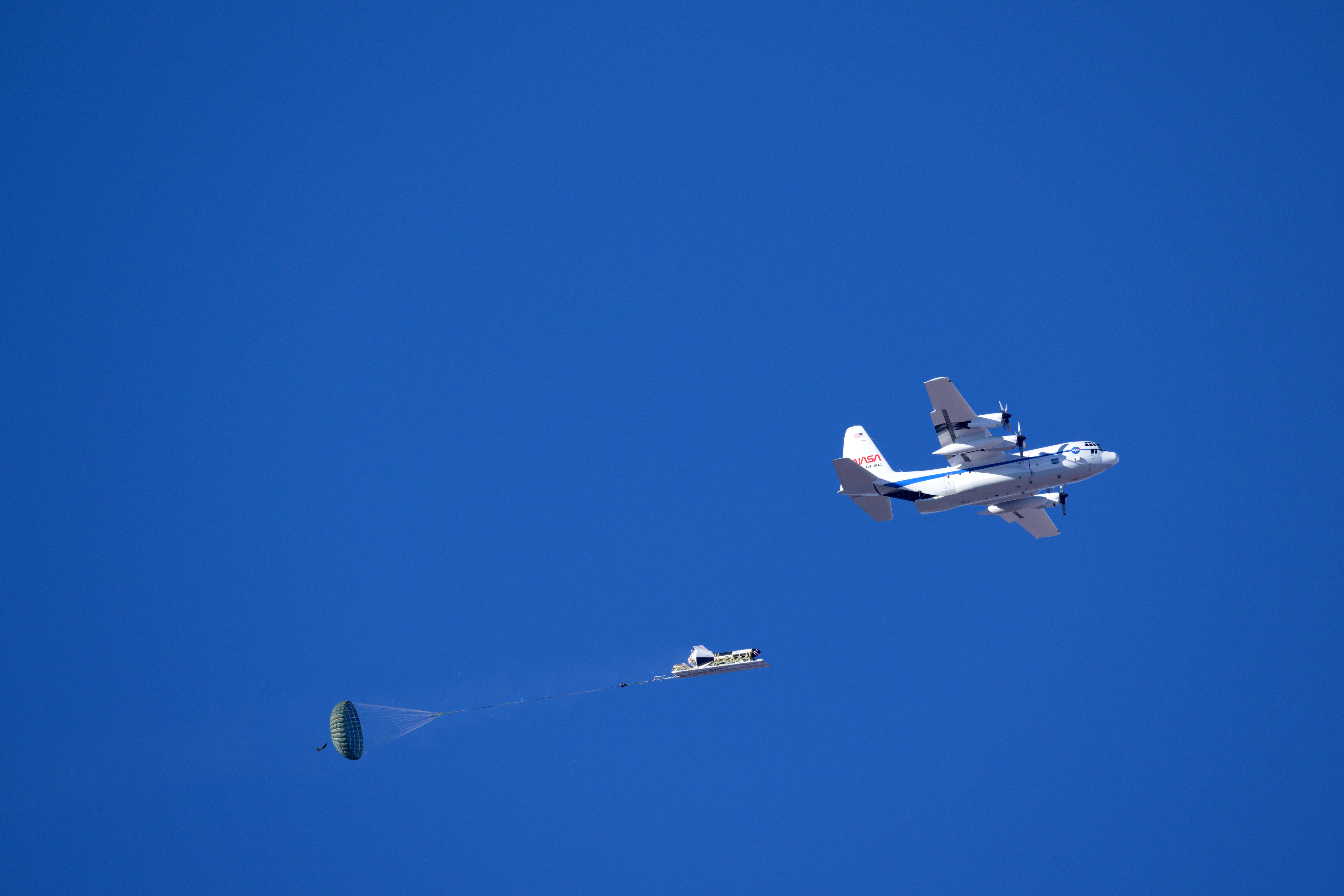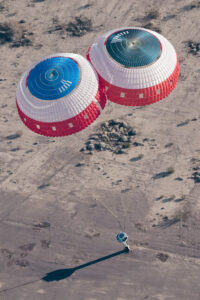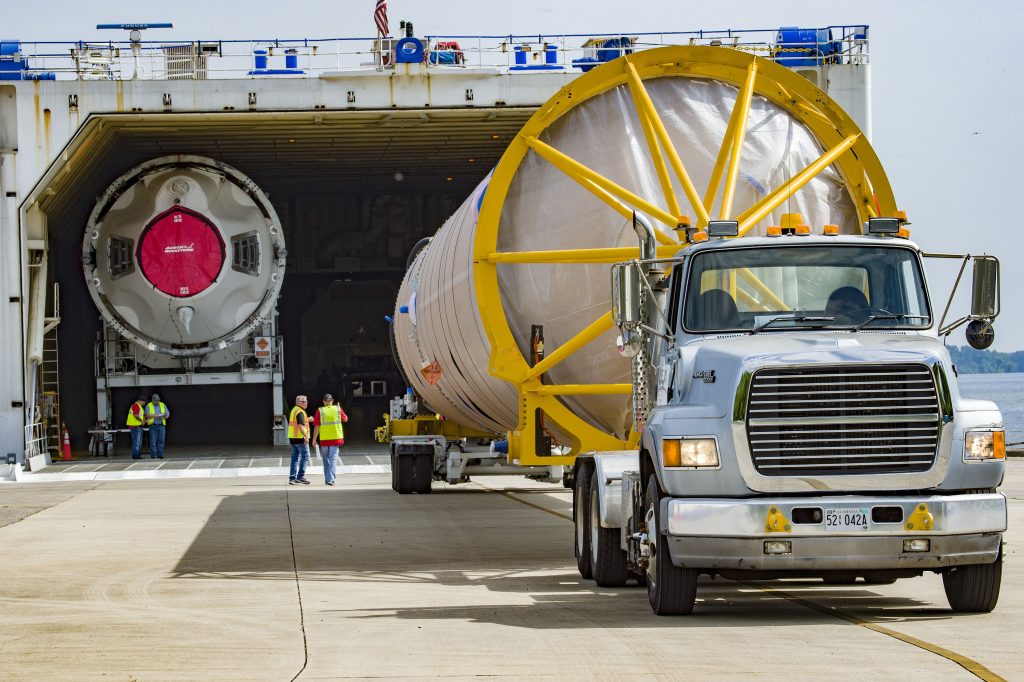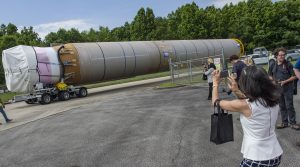
A modified parachute system for Boeing’s Starliner spacecraft for NASA’s Commercial Crew Program was tested over the Arizona desert on Jan. 9. Parachute deployment and a soft landing of the test article were visually confirmed. Preliminary data analysis of this two-parachute test suggest the primary test objectives were met. Engineering teams will continue to review the results, inspect the test parachutes, and work to complete system certification in the weeks ahead.
In the meantime, NASA and Boeing are proceeding with preparations for Starliner to carry astronauts for the first time to the International Space Station during the Crew Flight Test, currently slated to launch no earlier than mid-April on a mission lasting about 10 days.

The drop test, which used a Starliner parachute system attached to a dart-shaped sled the same weight as a Starliner, was performed to confirm the functioning of a redesigned and strengthened soft link joint that is part of the network of lines connecting the parachutes to the spacecraft. The test also validated a change to strengthen one textile joint in the parachute, increasing overall parachute robustness. As with other capsules, Starliner relies on parachutes to land safely when it returns to Earth.
A C-130 cargo aircraft from NASA’s Wallops Flight Facility in Virgina, carried the test article and parachutes high above the U.S. Army’s Yuma Proving Ground in Arizona before releasing them. Engineering teams, CFT astronauts Butch Wilmore, Suni Williams and Starliner-1 astronaut Mike Fincke watched from the drop zone below. The Starliner main parachutes were lifted from the test article using flight-like pilot parachutes before inflating fully to slow the test dart to the same soft-landing velocity experienced by the Starliner spacecraft in flight.
Starliner completed two uncrewed flight tests including Orbital Flight Test-2, which docked to the space station on May 21, 2022.
Follow NASA’s commercial crew blog or CFT mission blog for the latest information on progress. Details about NASA’s Commercial Crew Program can be found by following the commercial crew blog, @commercial_crew on X, and commercial crew on Facebook.


